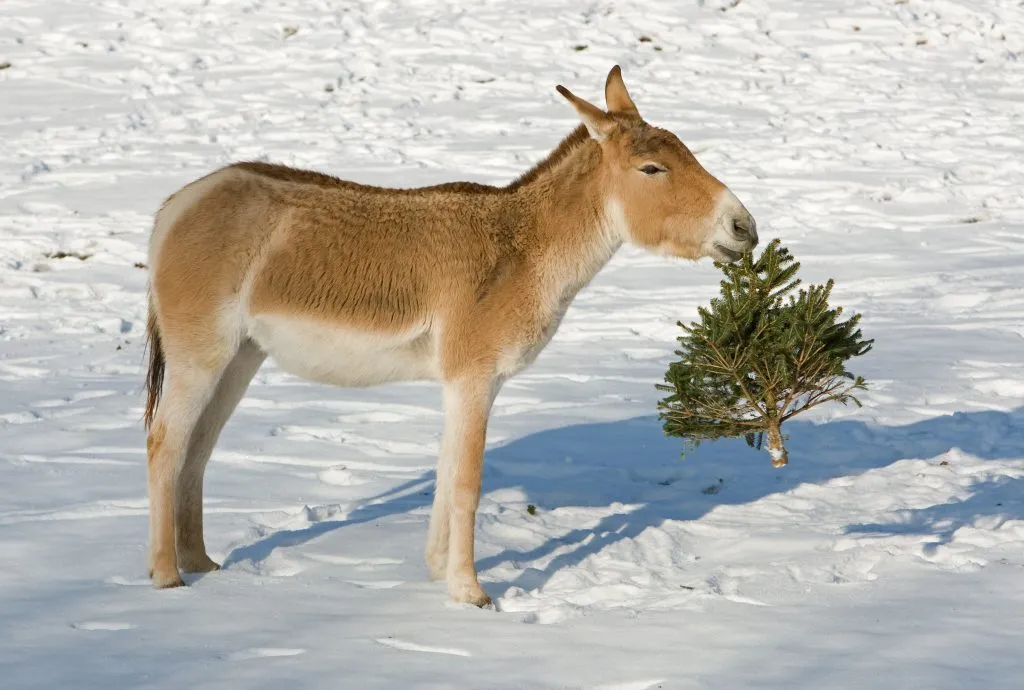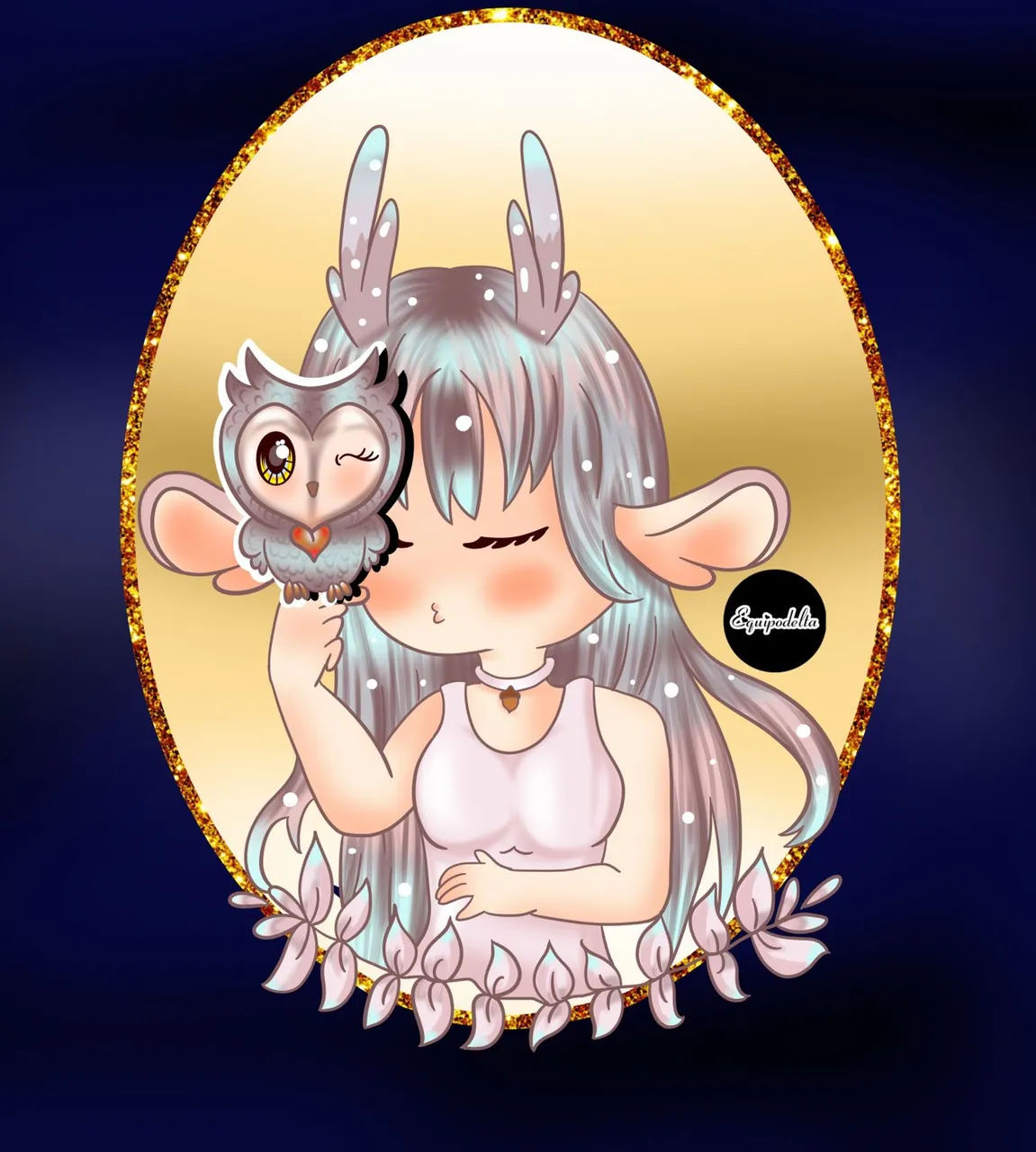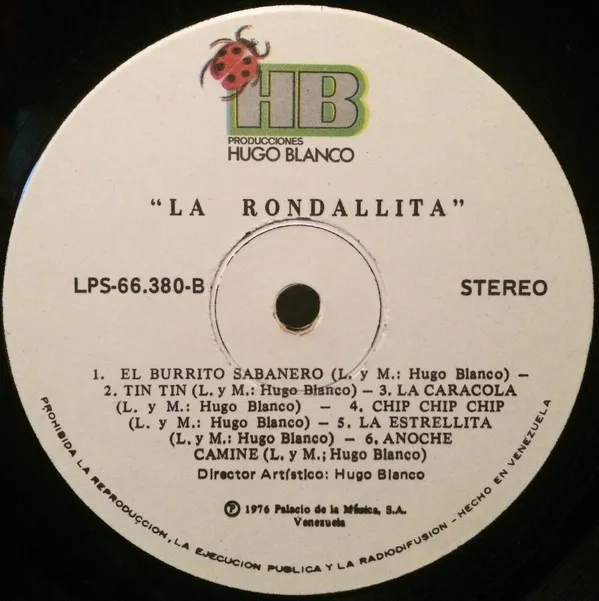(ENG/ESP)/Reflections of lyrics in the carol "El Burrito Sabanero"/Reflexiones de letra en el villancico "El Burrito Sabanero"
ENGLISH VERSION
Reflections of Lyrics in the carol "El Burrito Sabanero"

Christmas songs represent not only musical works, but memories of family, encounter and fraternity at Christmas time. This time we will talk about a very popular carol for everyone: "El burrito sabanero" by Hugo Blanco, a Venezuelan gem that today is a Latin American reference. Beyond the song, we will analyze what its lyrics tell us, understanding that it is a personal appreciation; without detriment of what you may appreciate.
This gem was recorded in 1975 and was originally called "El burrito de Belén" and with such a catchy chorus, the public itself called it "Burrito Sabanero" The rest is history.
This gem was recorded in 1975 and was originally called "El burrito de Belén" and with such a catchy chorus, the public itself called it "Burrito Sabanero" The rest is history.

How can we interpret the lyrics of Burrito Sabanero?
As a musical work, which we sing and play in school groups, being used to say goodbye or close with a flourish, so many Christmas presentations. We can infer that this work allows us to be a magician king who travels with the hope of knowing the messiah, to know the hope of humanity; even though Bethlehem is many kilometers away from Venezuela, and it is known that this is so because of so many words that Venezuelans know and that have been popularized worldwide, and today are part of our continent. This is how the play begins:
Con mi burrito sabanero, voy camino de Belén
Con mi burrito sabanero, voy camino de Belén
Si me ven, si me ven
Voy camino de Belén
Si me ven, si me ven
Voy camino de Belén


The burrito sabanero invites us to know, every year, that star that illuminates us to go to Bethlehem, every year the baby Jesus is born in the love of God, not only for a birth, or as some say a "Babyshower" but as the recognition of God in our lives, that is where the following fragment appears:
El lucerito mañanero ilumina mi sendero
El lucerito mañanero ilumina mi sendero
Si me ven, si me ven
Voy camino de Belén
Si me ven, si me ven
Voy camino de Belén


As a good Venezuelan, we understand that the "cuatrico" or "cuatro" is a Venezuelan instrument with which we play countless rhythms of our land, on this occasion, we sing and we want to serenade the child, emulating being a magician king who brings a musical present with Christmas carols or Christmas songs to the newborn and from there it is released:
Con mi cuatrico voy cantando, mi burrito va trotando
Con mi cuatrico voy cantando, mi burrito va trotando
Si me ven, si me ven
Voy camino de Belén
Si me ven, si me ven
Voy camino de Belén

A sabanero donkey is a breeding animal used as a means of transportation and as an assistant in the plowing of land, it is seen with greater presence especially in the Venezuelan Andean states, to say that it is of "Sabana" reminds us of the Venezuelan savannahs, especially in the plains and jungle region of the country where these animals have great presence, the nobility of an animal that is a great companion to go, physically to Jesus.

This carol is full of words and phonemes that transport us to the musical rhythm and march of a rhythm, in order to reproduce that trot towards the Christian destiny, that is why:
Tuki tuki tuki tuki
Tuki tuki tuki ta
Apúrate, mi burrito
Que ya vamos a llegar
Tuki tuki tuki tuki
Tuki tuki tuki tu
Apúrate mi burrito
Vamos a ver a Jesús.
In synthesis, this song, beyond the music, teaches us the beautiful journey of marching and singing, with the donkey companion and the joy of going to Bethlehem. It takes us, as I said in previous paragraphs, to become a kind of "Magician King" of those who once visited Jesus Christ and of whom so many things have been said.


Beyond appreciating the musical, it is considered important to analyze the lyrics of the songs we listen to, in most cases, there are many literary figures, worthy not to know, but to appreciate as good art. In this aspect, the art in a song should be understood as the understanding of the music and the lyrics, in both; it is good to know; worth the redundancy" that we really listen.
It's not about hearing, it's about listening and understanding that the world of songs goes beyond harmonies; and lyrics count too. We look forward to hearing from you in the comments. See you next time. God Bless you...
It's not about hearing, it's about listening and understanding that the world of songs goes beyond harmonies; and lyrics count too. We look forward to hearing from you in the comments. See you next time. God Bless you...

VERSIÓN ESPAÑOL

Las canciones navideñas representan no solo obras musicales, sino recuerdos de familia, encuentro y fraternidad en la época navideña. En esta ocasión hablaremos de un villancico muy popular para todos: "El burrito sabanero" de Hugo Blanco, una joya venezolana que hoy en día es una referencia latinoaméricana. Más allá de la canción, analizaremos que nos dice su letra, entendiendo que es una apreciación personal; sin menoscabo de lo que puedan apreciar ustedes.
Esta joya fue grabado en el año 1.975 y originalmente se llamaba "El burrito de Belén" y con ese estribillo tan pegajoso, el público mismo la denominó el "Burrito Sabanero" El resto es historia.
Esta joya fue grabado en el año 1.975 y originalmente se llamaba "El burrito de Belén" y con ese estribillo tan pegajoso, el público mismo la denominó el "Burrito Sabanero" El resto es historia.

¿Cómo podemos interpretar la letra del Burrito Sabanero?
Como una obra musical, que cantamos y tocamos en los grupos escolares magisteriales, siendo utilizada para despedir o cerrar con broche de oro, tantas presentaciones navideñas. Podemos inferir que esta obra nos permite ser un rey mago que viaja con la esperanza de conocer al mesías, conocer la esperanza de la humanidad; así Belén quede a muchos Kilómetros de distancia de Venezuela, y se sabe que es así por tantas palabras que conocemos los venezolanos y que han sido popularizadas a nivel mundial, y hoy en día son parte de nuestro continente. Así comienza la obra:
Con mi burrito sabanero, voy camino de Belén
Con mi burrito sabanero, voy camino de Belén
Si me ven, si me ven
Voy camino de Belén
Si me ven, si me ven
Voy camino de Belén


El burrito sabanero nos invita a conocer, todos los años, esa estrella que nos alumbra para ir a Belén, todos los años el niño Jesús nace en el amor de Dios, no solo por un nacimiento,o como algunos dicen un "Babyshower" sino como el reconocimiento de Dios en nuestras vidas, es ahí donde aparece el siguiente fragmento:
El lucerito mañanero ilumina mi sendero
El lucerito mañanero ilumina mi sendero
Si me ven, si me ven
Voy camino de Belén
Si me ven, si me ven
Voy camino de Belén


Como buen venezolano, entendemos que el "cuatrico" o el "cuatro" es un instrumento venezolano con el cual tocamos infinidad de ritmos propios de nuestra tierra, en esta ocasión, cantamos y queremos serenatear al niño, emulando ser un rey mago que le lleva un presente musical con villancicos o cantos navideños al recién nacido y de allí se desprende:
Con mi cuatrico voy cantando, mi burrito va trotando
Con mi cuatrico voy cantando, mi burrito va trotando
Si me ven, si me ven
Voy camino de Belén
Si me ven, si me ven
Voy camino de Belén

Un burro sabanero es un animal de cría usado como medio de transporte y como ayudante en el arado de tierras, se ve con mayor presencia sobretodo en los estados andinos venezolanos, decir que es de "Sabana" nos hace recordar las sabanas venezolanas, sobretodo en la región llanera y selvática del país en donde estos animales tienen gran presencia, la nobleza de un animal que es un gran compañero para ir, fisicamente hasta Jesús.

Este Villancico está lleno de palabras y fonemas que nos transporta al ritmo musical y de marcha de un ritmo,a manera de reproducir ese trote hacia el destino cristiano, es por ello que:
Tuki tuki tuki tuki
Tuki tuki tuki ta
Apúrate, mi burrito
Que ya vamos a llegar
Tuki tuki tuki tuki
Tuki tuki tuki tu
Apúrate mi burrito
Vamos a ver a Jesús.
En sintesis, esta canción más allá de la música, nos enseña la travesía hermosa de marchar y cantar, con el compañero burro y la alegría de ir hasta Belén. Nos lleva, como dije en párrafos anteriores a convertirnos en una especie de "Rey mago" de esos que alguna vez visitaron a Jesucristo y de los cuales se han dicho tantas cosas.

Este clásico tiene algunos años y aún le quedan muchos más en el cancionero navideño de infinidad de generaciones, colocamos el enlace youtube de la pieza, vuelta leyenda en las voces de la "Rondallita" la versión más popular a nivel mundial:

Más allá da apreciar lo musical, se considera importante, analizar la letra de las canciones que escuchamos, en la mayoría de los casos, hay muchas figuras literarias, dignas no de conocer, sino de apreciar como el buen arte. En este aspecto, el arte en una canción debe entenderse como la comprensión de la música y la letra, en ambas; es bueno saber; valga la redundancia" que realmente escuchamos.
No se trata de oir, se trata de escuchar y entender que el mundo de las canciones, va más allá de las armonías; y las letras también cuentan. Esperamos sus apreciaciones en los comentarios. Hasta la próxima. Dios les Bendiga...
No se trata de oir, se trata de escuchar y entender que el mundo de las canciones, va más allá de las armonías; y las letras también cuentan. Esperamos sus apreciaciones en los comentarios. Hasta la próxima. Dios les Bendiga...


Credits/Créditos:
The images are hyperlinked to their source
The paragraph separator is of my authorship, designed from Microsoft Power Point
The references made here belong to their owners and proprietors, the mentions are made for promotional purposes.
The English language is not my native language, so I may have grammatical errors, for this I used the translator: https://www.deepl.com/ ... God bless you...
The paragraph separator is of my authorship, designed from Microsoft Power Point
The references made here belong to their owners and proprietors, the mentions are made for promotional purposes.
The English language is not my native language, so I may have grammatical errors, for this I used the translator: https://www.deepl.com/ ... God bless you...
Las imágenes están hipervinculadas a su fuente
Las referencias realizadas aquí pertenecen a sus propietarios y dueños, las menciones son realizadas con fines promocionales
El separador de párrafo es de mi autoría, diseñado desde Microsoft Power Point
El inglés idioma no es mi idioma nativo, por tanto puedo tener errores gramaticales, para ello usé el traductor: https://www.deepl.com/ .. Dios les bendiga...
Las referencias realizadas aquí pertenecen a sus propietarios y dueños, las menciones son realizadas con fines promocionales
El separador de párrafo es de mi autoría, diseñado desde Microsoft Power Point
El inglés idioma no es mi idioma nativo, por tanto puedo tener errores gramaticales, para ello usé el traductor: https://www.deepl.com/ .. Dios les bendiga...

For more information about my universe, you can follow my social networks (click icons)
Para mayor información de mi universo, puedes seguir mis redes sociales (hacer clik iconos)







